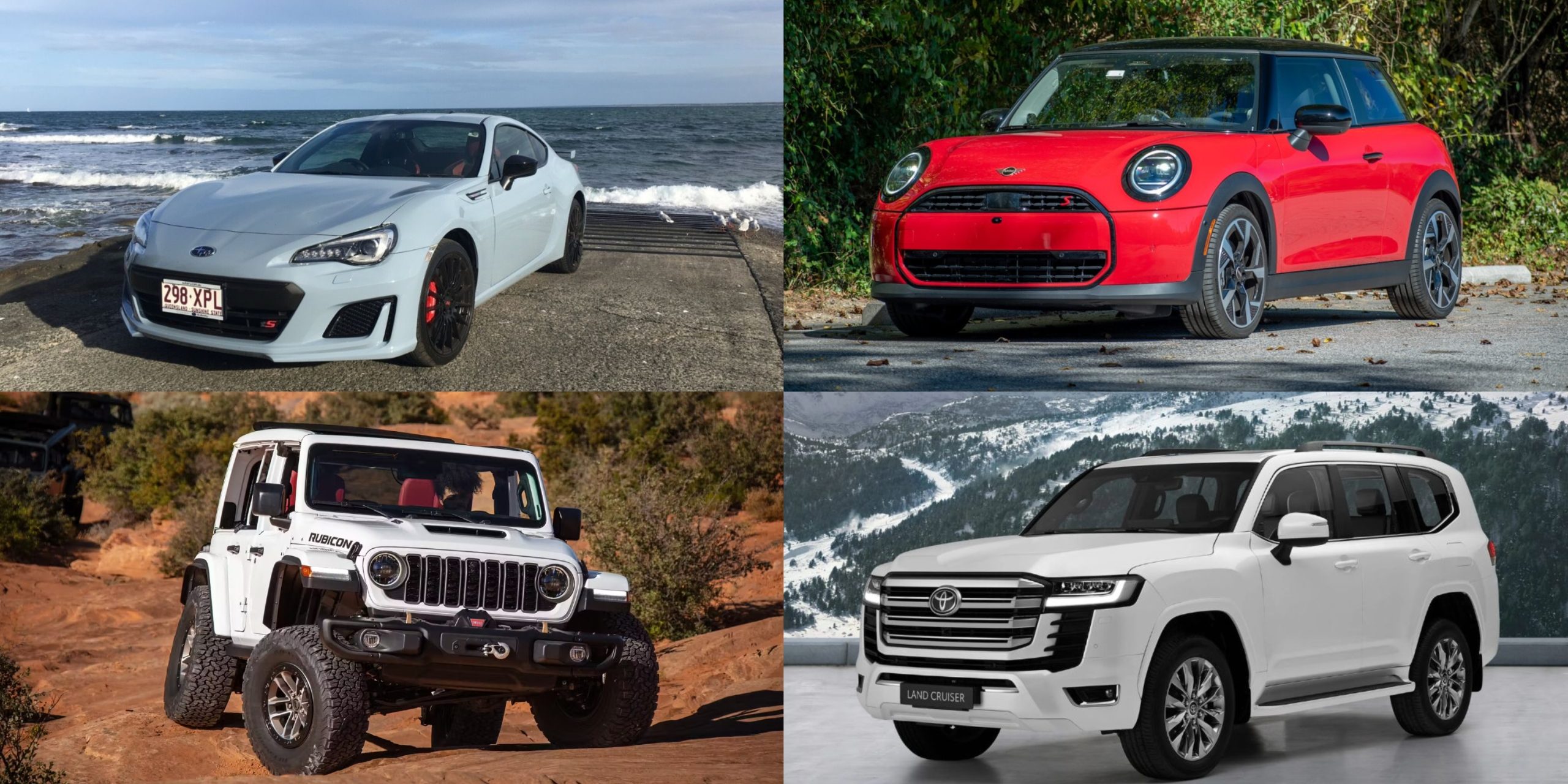Driving through desert terrain is not just a test of endurance for the driver, but a true challenge for the vehicle itself. Harsh heat, fine sand, and vast open stretches demand that cars be equipped with strong cooling systems, excellent air filtration, and rugged suspension setups.
While some vehicles thrive under such extreme conditions, others crumble — sometimes quite literally — leaving drivers stranded with overheated engines or clogged air intakes.
In this article, we take a look at ten vehicles: five that are proven warriors of the desert and five that are best left in city environments. Whether you’re planning a long-haul desert adventure or simply live in a place where summer temperatures skyrocket, this guide will help you choose a car that can stand up to the sun-soaked challenge.
We’ll explore what makes a car suitable for desert driving, offer real-world insights, and break down the top picks for durability and disaster. So buckle up and let’s roll into the sandstorms and sun-blasted highways that separate the rugged from the regrettable.
What Makes a Car Desert-Ready?
Not all vehicles are built the same, especially when it comes to handling the extremes of the desert. The most obvious concern is engine temperature regulation. A desert-ready car must have a robust cooling system that prevents the engine from overheating during extended periods of operation under high ambient temperatures.
That means high-capacity radiators, transmission coolers, and sometimes even secondary fans. These components are engineered to keep the engine running at optimal temperature, even when the heat outside is relentless.
Equally important is filtration, both for the engine and the cabin. Deserts are notoriously dusty environments. Fine sand particles can invade every corner of a vehicle, including its air intake system and cabin filters.
Cars built for these conditions feature advanced air filtration systems that trap sand and dust before it can damage engine components or impair breathing comfort inside the cabin. Off-road vehicles may also come with snorkels or pre-filters that add a layer of protection when driving through sandstorms or dunes.
Lastly, let’s talk about suspension and ground clearance. Uneven, often soft terrain requires a car with high ground clearance and a sturdy suspension that can take on dips, dunes, and unexpected rocks without jarring passengers or damaging the undercarriage.
Vehicles with off-road packages typically include reinforced shock absorbers, skid plates, and adjustable ride height — features that not only protect the vehicle but also provide a smoother, more controlled ride across unstable surfaces.
Also Read: Best 10 4&4 Cars to Drive in 2025 Offering Comfort and Off-Road Capability
5 Reliable Cars for Desert Driving
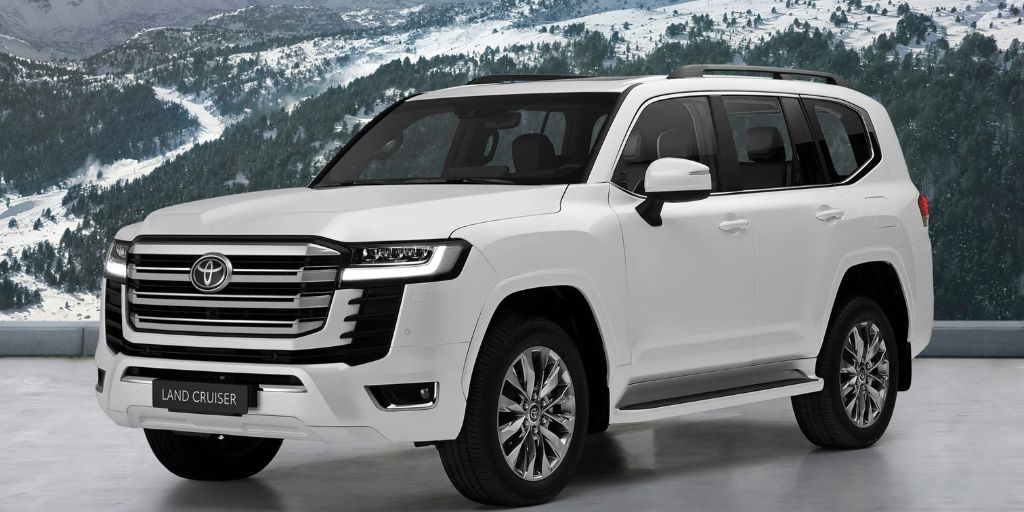
1. Toyota Land Cruiser
The Toyota Land Cruiser has long been a staple in desert nations across the Middle East and Africa — and for good reason. Built like a tank, it’s known for its extraordinary durability, bulletproof engineering, and ability to keep its cool in the hottest environments.
With a high-capacity cooling system and ample ground clearance, the Land Cruiser is equally at home in sand dunes as it is on rocky desert roads. It features a full-time 4WD system and locking differentials, offering excellent traction even in soft or shifting sand.
Owners of the Land Cruiser often report driving these vehicles for hundreds of thousands of miles with minimal issues. This kind of longevity is rare and speaks volumes about Toyota’s attention to detail in crafting a desert-dominant vehicle. Plus, its spacious interior and optional third-row seating make it a practical choice for families or groups venturing into remote terrain.
What also makes the Land Cruiser stand out is its ease of repair. In many remote parts of the world, finding replacement parts or qualified mechanics is easier for the Land Cruiser than for almost any other vehicle. That level of support, paired with its unshakable reliability, makes it one of the top picks for desert dwellers and adventurers alike.
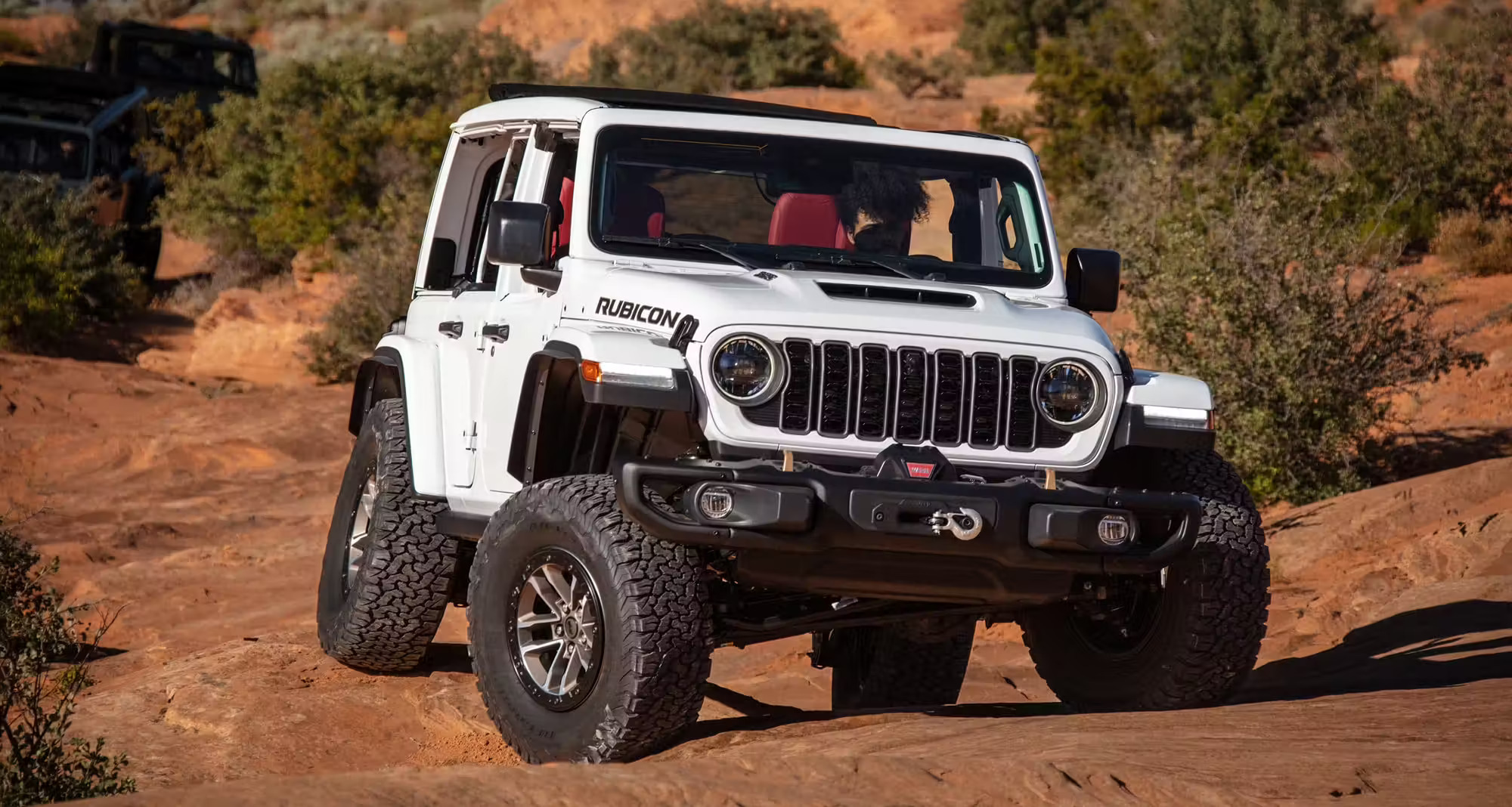
2. Jeep Wrangler
The Jeep Wrangler is an icon in the off-road world and has proven itself in some of the harshest environments on Earth, including deserts. With solid axles, high approach and departure angles, and a highly modifiable chassis, the Wrangler is built for tackling uneven terrain.
Its cooling system, while not as robust as a Land Cruiser’s by default, holds up well under strain — especially in models equipped with auxiliary coolers and aftermarket upgrades.
The Wrangler’s short wheelbase provides excellent maneuverability on sand dunes and tight trails. Its removable doors and roof also allow for better ventilation, which can be a surprisingly useful feature in the desert, especially when paired with powerful AC systems.
Moreover, the vehicle’s four-wheel-drive modes and crawl control options offer plenty of control in sandy or loose terrain.
Where the Wrangler truly shines is in its aftermarket adaptability. Enthusiasts often equip their Wranglers with snorkels, upgraded suspensions, larger tires, and enhanced air intakes — all of which can drastically improve desert performance.
While not as “turnkey” as some others on this list, the Wrangler offers customization potential that few vehicles can match.
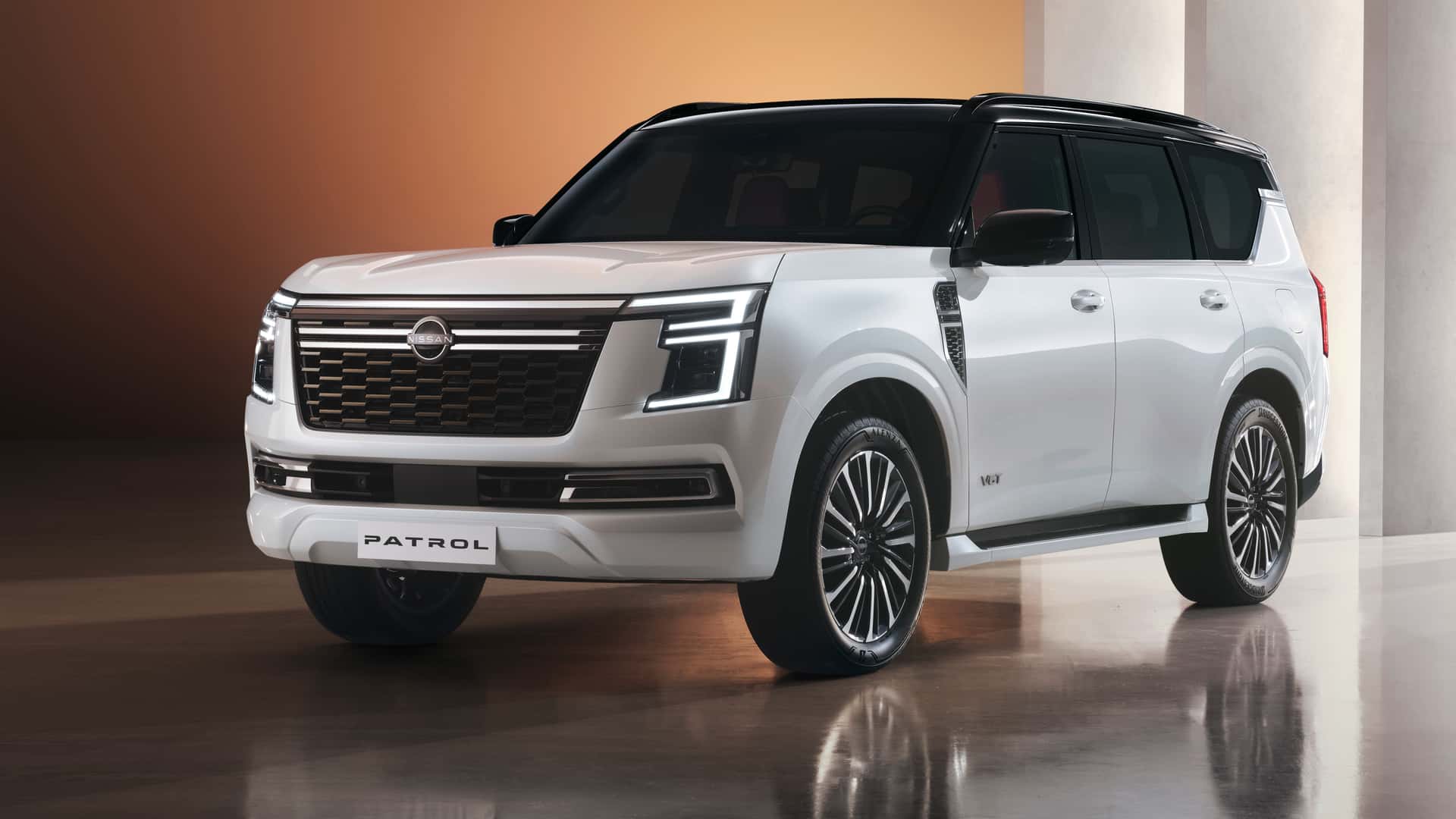
3. Nissan Patrol
The Nissan Patrol may not be as globally recognized as the Land Cruiser, but in many Middle Eastern countries, it’s a top-tier choice for desert driving.
Known for its powerful engine and superb off-road capabilities, the Patrol has been battle-tested in environments where temperatures regularly exceed 120°F. Its strong V8 engine and reliable cooling system make it a solid performer in extreme heat.
The Patrol also offers a luxurious yet practical interior that doesn’t skimp on comfort, even when the going gets rough. From an engineering perspective, it features an advanced four-wheel-drive system with various terrain modes, allowing the driver to adapt to changing desert conditions.
The suspension is designed to absorb shocks from rough terrain while maintaining high-speed stability — a crucial combination for long desert drives.
A major advantage of the Patrol is its presence in regions where desert driving is common. This means there’s strong parts availability and service knowledge in these areas, further cementing the vehicle’s reputation as a dependable workhorse of the dunes.

4. Ford F-150 Raptor
When it comes to American-made desert dominance, the Ford F-150 Raptor is in a league of its own. This high-performance off-road truck was designed with the desert in mind.
With its long-travel suspension, Baja-inspired engineering, and twin-turbo V6 engine, the Raptor delivers high-speed performance in sand and over rough terrain without overheating — even under prolonged stress.
Its wide stance and aggressive tires provide stability and traction on soft surfaces, and its skid plates protect key components from debris and impact. The Raptor’s sophisticated cooling system includes additional intercoolers and optimized airflow management to ensure peak performance even in extreme heat.
Beyond capability, the Raptor also delivers comfort and tech. Inside the cabin, drivers will find dual-zone climate control, ventilated seats, and a suite of driver-assist features. It’s a combination of power, technology, and rugged engineering that makes the Raptor not only desert-ready but desert-thriving.
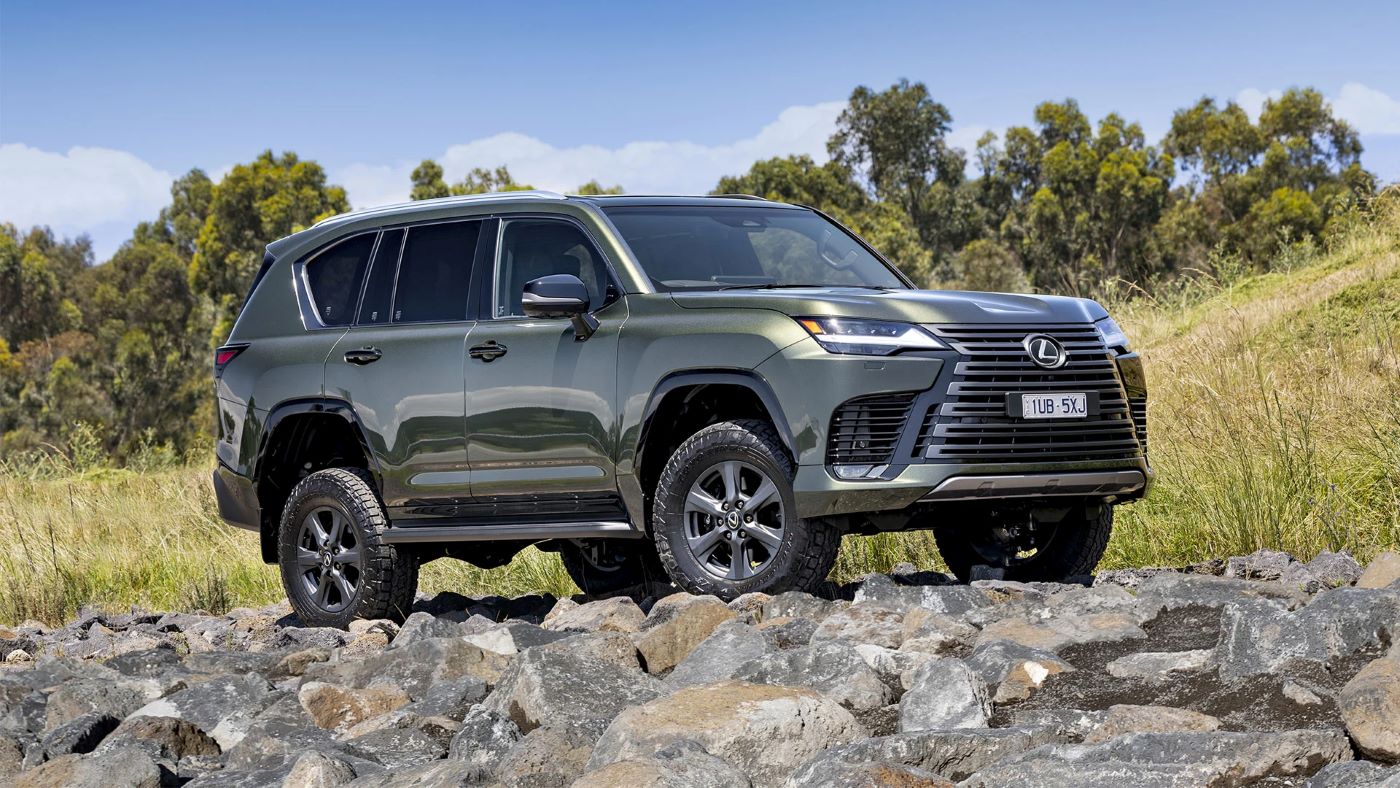
5. Lexus LX 600
The Lexus LX 600, the luxury cousin of the Land Cruiser, brings premium features to the off-road and desert game. Beneath the plush leather and digital displays lies a true off-road beast, powered by a 3.5L twin-turbo V6 engine that offers both strength and efficiency.
It features an adaptive variable suspension system, crawl control, and a multi-terrain monitor that helps explore treacherous terrain with precision.
While some may dismiss the LX 600 as too luxurious for real-world desert driving, it’s built on the same trusted platform as the Land Cruiser, meaning its bones are tried and true.
The cooling systems and durability of the chassis are top-notch, with Lexus adding refinements like noise insulation and climate-controlled seating for extra comfort.
If you want desert performance with a premium twist, the LX 600 is a compelling option. It’s ideal for drivers who want both capability and comfort, especially when tackling long, hot days in style.
5 Cars That Overheat Instantly in the Desert
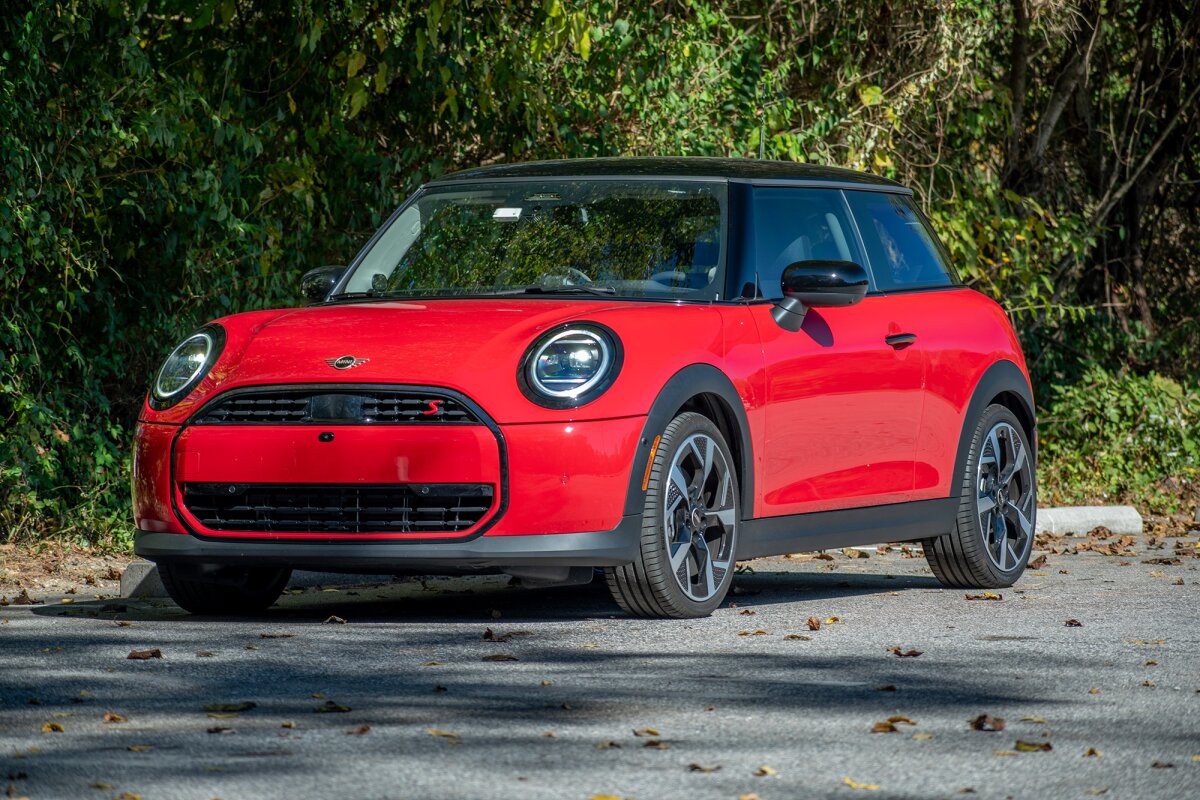
1. Mini Cooper
While the Mini Cooper is beloved for its sporty handling and retro charm, it’s far from suitable for desert driving. One of the primary issues with the Mini is its compact engine bay, which struggles with efficient heat dissipation.
In extreme temperatures, especially when idling or driving at slow speeds through sand, the engine can quickly overheat. This is especially true for older models with turbocharged engines, which naturally run hotter and put more strain on the cooling system.
Another concern is ground clearance. The Mini sits low to the ground, which not only makes it vulnerable to getting stuck in loose sand but also increases the risk of sand entering critical components like the exhaust or suspension.
These issues are compounded by the lack of any off-road driving aids — no four-wheel drive, no traction management, and certainly no crawl control.
Cabin comfort is another factor. The AC systems in smaller European vehicles like the Mini Cooper often aren’t designed for 110°F+ climates. You might find yourself sweating through your shirt just trying to get the cabin to a livable temperature. It’s a fun city car — but in the desert, it’s more of a liability.
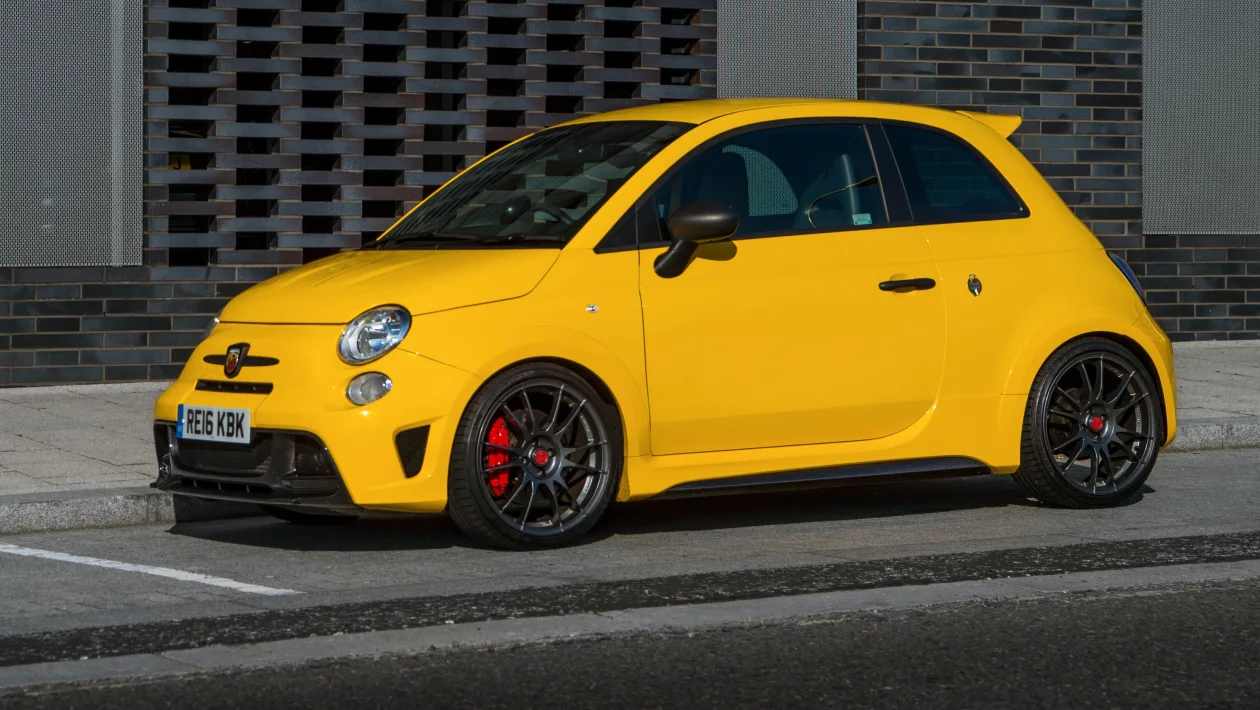
2. Fiat 500
The Fiat 500, another European subcompact, also struggles when pushed outside its urban comfort zone. The small size means it’s efficient and easy to park, but it lacks the structural resilience needed for prolonged exposure to desert conditions.
Fiat’s cooling systems are relatively basic, which becomes a significant flaw when the thermometer starts climbing. Engines in these cars are typically small, which means they work harder in high-heat situations, further raising the risk of overheating.
Dust and sand infiltration is also a problems. Seals and filters in the Fiat 500 are not optimized for environments with constant exposure to fine particulate matter. This leads to clogged air filters and poor engine breathing, reducing power output and increasing wear and tear on engine components.
Finally, the Fiat 500 isn’t built for any kind of off-road use. It lacks the suspension travel and clearance necessary for even light desert exploration, making it suitable only for well-maintained roads. In the desert, it quickly becomes overwhelmed, mechanically and physically.
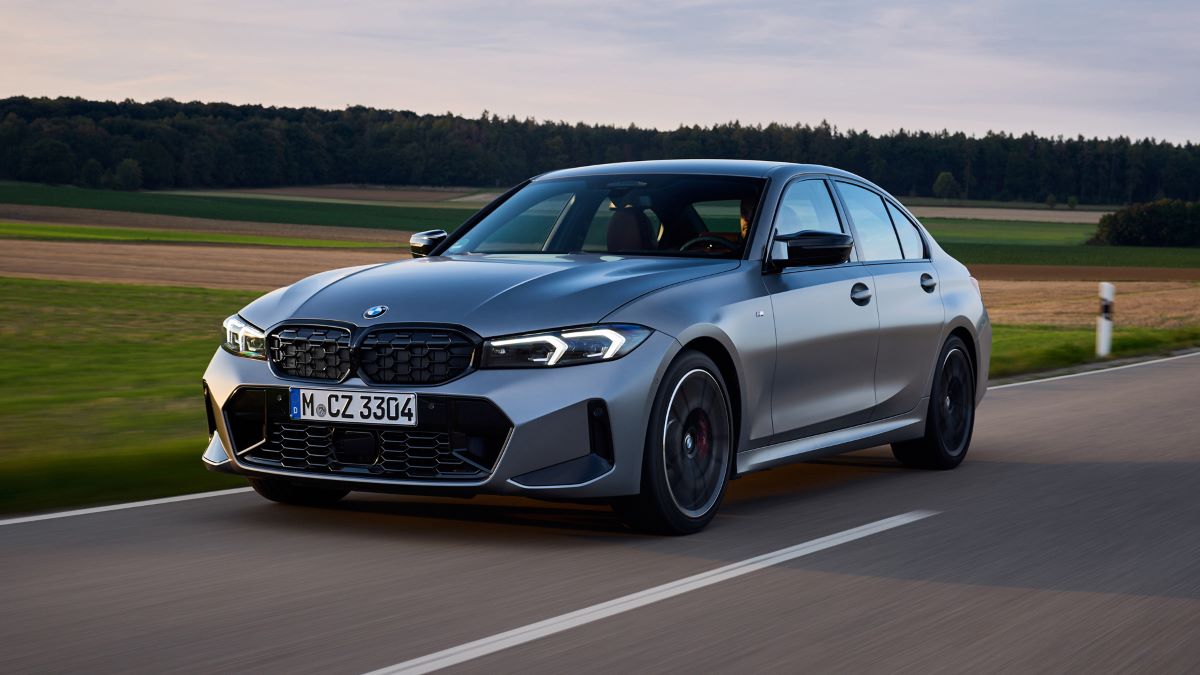
3. BMW 3 Series (Older Models)
The BMW 3 Series is one of the most popular luxury sedans worldwide, but older models, especially from the early 2000s to mid-2010s, are notoriously prone to overheating, even in moderate climates.
The issue lies in their complex cooling systems, which use a combination of electric water pumps and plastic radiator components that are prone to failure under sustained heat.
Additionally, these cars are performance-oriented rather than durability-focused. BMW engines are finely tuned but sensitive, and in high-heat environments, they can experience issues ranging from blown head gaskets to warped cylinder heads.
Add in the fact that repairs are expensive and parts may not be readily available in remote desert areas, and you’re setting yourself up for trouble.
While newer models have addressed some of these issues with improved materials and better thermal management, the older generations should be avoided if you’re doing any serious desert driving. They’re beautiful machines — just not built for the sand and sun.
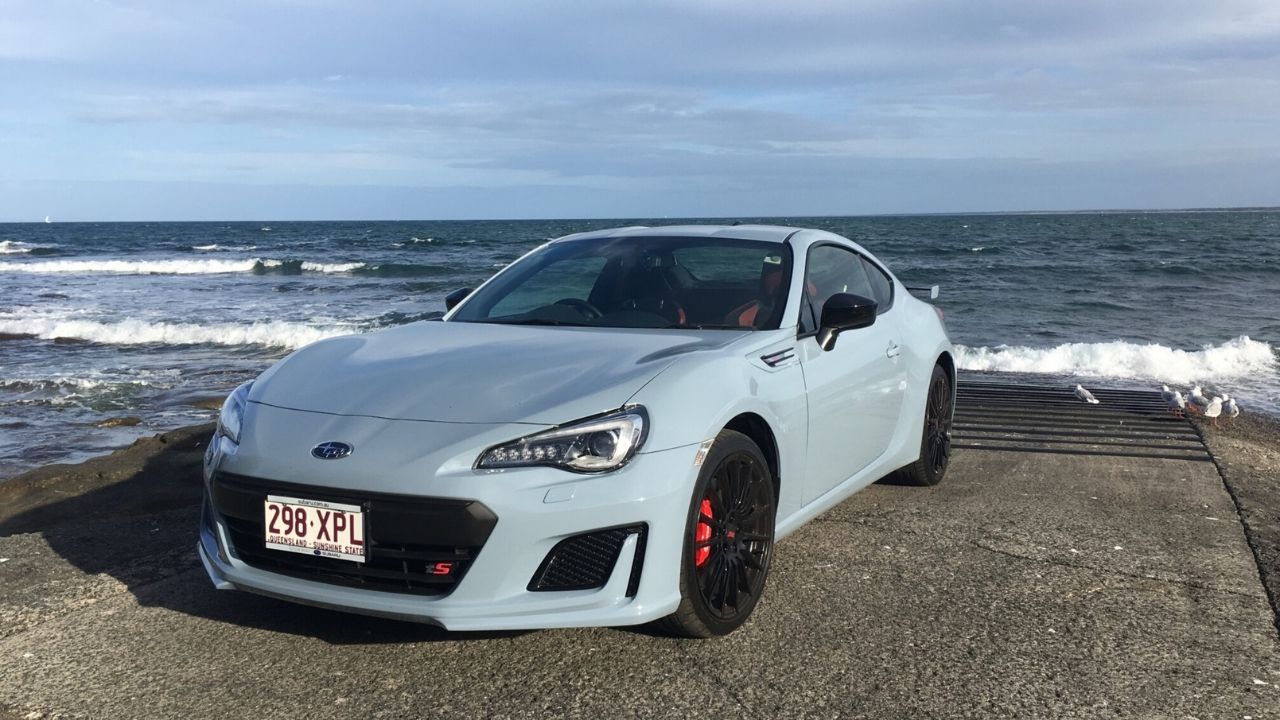
4. Subaru BRZ
The Subaru BRZ is a lightweight, fun-to-drive sports coupe, but it’s poorly equipped for the rigors of desert driving. First off, it’s a rear-wheel drive vehicle with low clearance, meaning it’s at a significant disadvantage on sandy or uneven terrain.
Even with a skilled driver, it’s likely to get stuck or spin its tires before making any real progress in soft sand.
Under the hood, the BRZ’s flat-four engine is tightly packed and doesn’t have a particularly robust cooling system. Long durations in high heat, especially when combined with spirited driving, can easily lead to temperature spikes.
Without added oil or transmission coolers, the system isn’t designed to withstand the kind of stress desert driving can cause.
Another big drawback is its minimalist cabin setup. There’s limited insulation from outside temperatures, and the climate control system is more than sufficient for coastal drives or city commutes — but not for extreme desert heat. In short, the BRZ is more track star than trailblazer.
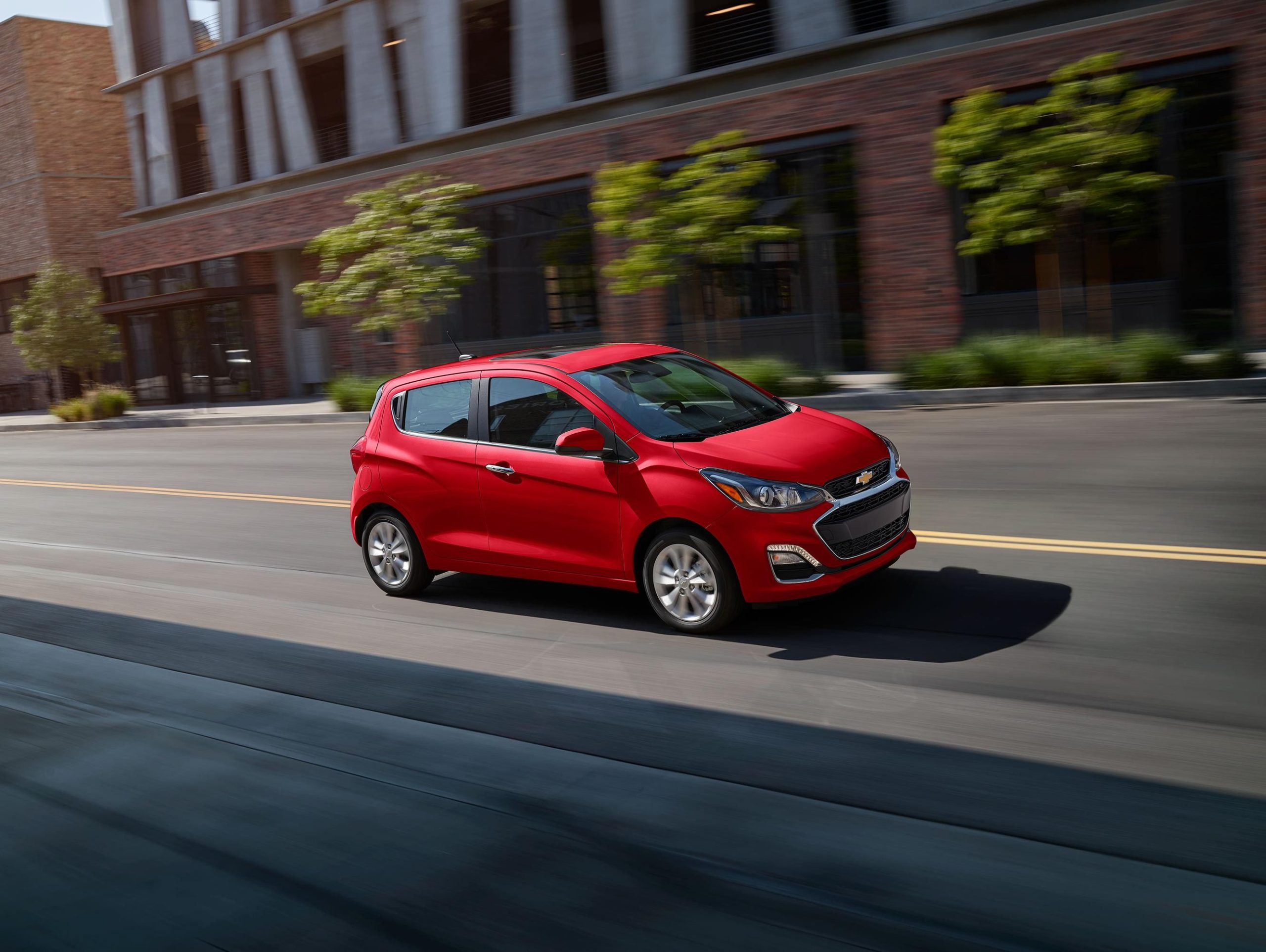
5. Chevrolet Spark
Rounding out the list is the Chevrolet Spark, a compact hatchback designed for economy, not endurance. With a small 1.4-liter engine and minimal cooling infrastructure, the Spark is quickly overwhelmed by desert heat.
Add in the lightweight construction and economy-focused components, and the Spark starts to show its limitations even before you leave the pavement.
The Spark is also plagued by the same issues as other subcompacts: low ride height, narrow tires, and a basic suspension system that isn’t equipped for bumpy or sandy terrain.
It’s easy for the Spark to bottom out or get stuck in deeper sand patches, especially if the tires lose traction and start digging in.
This vehicle is best kept in city environments where its fuel efficiency and maneuverability shine. Take it out into the desert, and you’re not just risking overheating — you’re risking getting stranded in a place where few tow trucks dare to go.
Also Read: Top 10 Cars With the Best Cooling Systems for Long-Lasting Engines
Desert driving is not for the faint of heart, nor is it for every vehicle. Between blistering heat, unstable surfaces, and remote locations, the desert is one of the harshest environments a car can face.
That’s why choosing the right vehicle is essential. Models like the Toyota Land Cruiser, Jeep Wrangler, and Nissan Patrol are built with ruggedness, cooling efficiency, and off-road capability in mind, making them natural choices for such conditions.
Meanwhile, high-performance trucks like the Ford F-150 Raptor and luxury SUVs like the Lexus LX 600 offer a premium take on desert survival.
On the flip side, not every vehicle is cut out for this environment. Cars like the Mini Cooper, Fiat 500, and Chevrolet Spark struggle with basic ground clearance and thermal regulation.
Even performance and luxury models like the older BMW 3 Series and Subaru BRZ falter when exposed to prolonged high temperatures and sandy terrain.
If you’re planning a trip through the desert — or simply live in an area where summer temperatures can melt asphalt — choose a vehicle that’s up to the challenge.
It’s not just about comfort or capability; it’s about safety, longevity, and peace of mind. When the sun beats down and the sand starts flying, your car should be the least of your worries.

